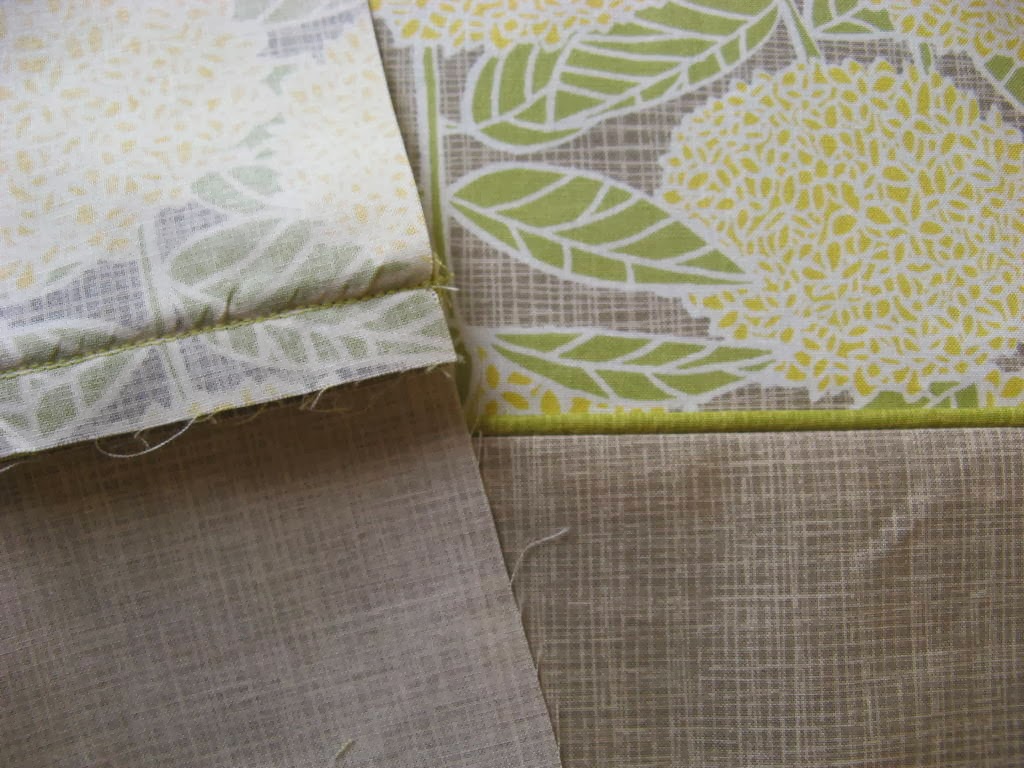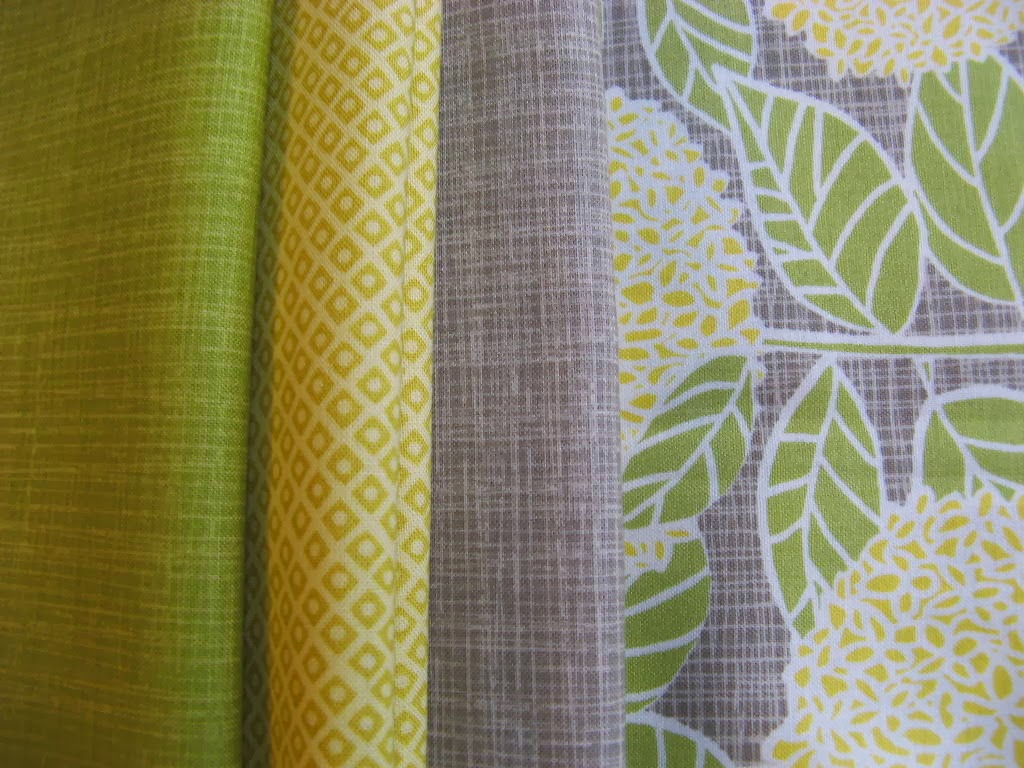I found these fabrics last week.
Actually it's more like they found me. I was completely innocent. I swear! I just walked into one of my favorite quilt stores to get a fat quarter of something and this fabric jumped out at me shouting, "Me, me, me! I want to be a purse!"
I don't know about you, but sometimes my resistance is at zero. And, truth be told, I desperately need a new purse. Maybe three. The old ones are totally, without question, completely worn out.
I'm going to try to keep a journal about the whole purse process on this blog. I'd be delighted if you'd like to follow along and sew with me. Measurements are all in bold type so you'll know exactly what I'm doing.
Now for the pattern. Oh, yes, I could easily go to Craftsy and download a lovely pattern. There are literally hundreds to see. But, I have this thing about liking to make my own designs. Nothing is ever quite exactly what I want. As I've said, I can't follow a pattern to save my soul. By the time I'm done tweaking it will have become something else. May as well start from scratch.
So I began mentally sketching it out. A germ of an idea formed. I definitely wanted to incorporate piping. I know, totally crazy. So much work! But that's another side of me. I don't mind lots of fussy work. I enjoy it, in fact. And this purse is just for me. I don't know if I'll write a pattern or not because it really does have a lot of detail and it won't go quickly.
After three days of experimenting on paper and in my head I finally came up with a plan. This is it. Incomplete, but enough for me to begin work.
The purse will be mid-size. I usually prefer either small purses or big totes, but the fabric in this one needed a bit of space to show off. It will measure about 10" tall and 15" wide at the top. The base width will be 11". Two pockets with flaps on the outside because I like to keep my cell phone and my sunglasses within easy reach. I haven't decided if I should place a big pocket on the back, but I might do that. I love having lots of pockets to keep everything organized. The bag will have a recessed zipper at the top and more pockets on the inside.
 |
| Once I start sewing I know that it will have lots of alterations to the plan, but there has to be a beginning. |
Today's progress:
1. Make the piping. (This is definitely optional.) The piping I'm using came from Hobby Lobby. I couldn't find the soft, flexible piping in the size I wanted anywhere else. Believe me, I looked!
Next, I cut
two strips of the green 2" times the width of the fabric. It will need trimming, but that's good. I want the width of the finished piping piece to be exact.
I folded the piping inside the fabric strips, adjusted my zipper foot to allow me to get really close to the piping and started stitching.
When I had sewn the piping inside both strips of green fabric I needed to trim it. All of my seams are going to measure 1/2", so I used my handy-dandy 1/2" rotary cutting ruler and trimmed away.
2. Make the pockets and flaps. That's right. Pockets first. The reason is that my pockets and pocket flaps be will quilted and stitched into seams in the purse before I quilt the rest of it. At least that's the current plan.
First off, I cut pieces of fabric, batting, and very thin muslin. I made them large enough to quilt both pockets in one piece and both pocket flaps on another piece. Once again I cut them a bit larger than I'll need because quilting can really alter the size and shape. I cut the pocket pieces 7 1/2" x 14" and the flap pieces 7 1/2" x 10". Then came making the quilt sandwich so all would be ready to quilt.
The free motion quilting was so much fun! It took awhile to decide how the flowers should be quilted, and I went for a simple suggestion of petals - so easy!
After quilting the section for pocket flaps I realized that the inner quilting on every vein of the leaves was just not necessary. So, on the pockets section I quilted around the leaves and down the main vein only. The difference shows on the back, but one the front it can't be noticed at all.
Pocket flaps come first, both the right side and the lining. I cut them from the pattern I had made and began to began the job of adding piping.
(If you'd like the pattern for the flap, just send an email to klee2strings@gmail.com and I'll get it right to you.)
I lined the cut edge of the piping right up agains the cut edge going around the pocket. Then I stitched as close to exactly on the stitching line from making the piping as I could. Going around the corners is just a bit tricky. The piping will fold out and away from the pocket when it's finished, so I needed to use easing to make sure that it wouldn't pull too tightly.
Once the piping is on the quilted section of the pockets it needed to be snipped so the seam allowance wouldn't pull in. You can see that happenning as I stitch around the corner in the photo above.
Next, I actually basted the pocket lining to the front! Folks prefer even to skip pinning. Not much basting goes on anymore, but I really needed to bast if I wanted that lining to stay in place when I sewed it.
Then, once again with the zipper foot, I sewed the pieces together from the quilted side trying to follow as closely as I could to the original stitching lines.
Trim, turn, iron. This is looking good!
Pockets are up next. I cut two pocket front and lining pieces in 7" x 7" squares. Then I drew a 1/2" seam around three sides of the pocket. I know, overkill perhaps, but that's the way it was. I do want these pockets exactly the same. I stitched right on the lines, trimmed, turned and ironed.
Oops! I had mis-measured! Oh, no!
The pockets are 1/2" too narrow!
Okay. No choice. Make new pockets from scratch. That took the wind out of my sails, but they are finished and just right. Whew!
The last two photos may be misleading. The pockets really are sewn on three sides. The open end is on the bottom because that will be sewn into a seam as will the top of the pocket flap. I think.
Enough for today! Time to fix dinner. Tonight I'll do some crocheting while getting my "Downton Abbey" fix.
Continued sewing and blogging can wait for tomorrow.




















































